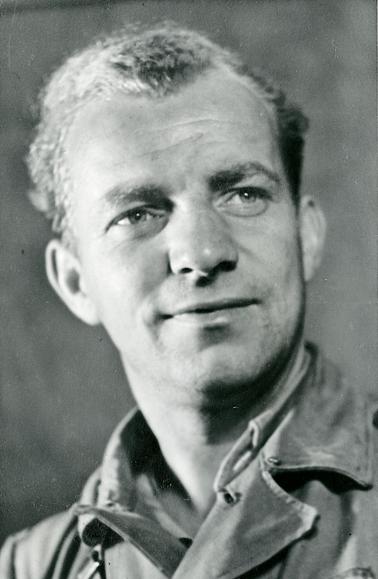
Karl blew up factories
Karl Christensen fought in the Spanish Civil War, prior to becoming a freedom fighter in Denmark. He is one of the five main characters you can get acquainted with at the Museum of Danish Resistance.
One early Sunday morning in 1942, two men sneak along the barbed wire fence by the boatyard Nordbjærg & Wedell in Copenhagen. The yard makes wooden boats for the Germans.
They make a hole in the fence and crawl through it. They run silently toward the red painted yard. One of these men is the communist resistance fighter Karl Christensen and the other is his friend, Johan. They pry open a window with a pocketknife and they crawl through it.
Inside the yard there are two hulls in the process of being built. And toward the back of the hall, there is a huge pile of wood chips. Karl Christensen puts a firebomb into the pile and pours some gasoline on top. He places a second firebomb between the two hulls. He lights the fuses, throws a burning match on top of the pile with wood chips and quickly climbs out through the window.
Karl and Johan wait. And wait. The 30 seconds feel like an hour. But then finally, they hear the crackling sound they’ve been waiting for. The firebombs have ignited and the yard is on fire.
The resistance struggle begins in Spain
The fight for freedom was not a new experience for the communist baker, Karl Christensen. A few years before the occupation, he had enlisted as a volunteer to fight against Franco in the Spanish Civil War.
This involvement resulted in Karl Christensen being interned in the Horserød camp in 1942. The German occupation force had ordered the Danish government to arrest senior Communist Party members, which applied to many of the volunteers who had fought in Spain.
But what made a man like Karl Christensen choose to fight on the communists’ side? And what happened next in his story? You can delve into his story at the Museum of Danish Resistance.